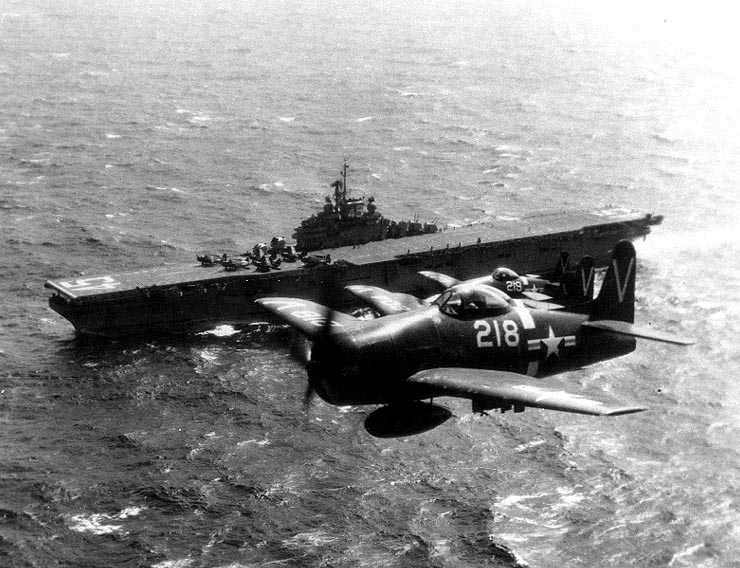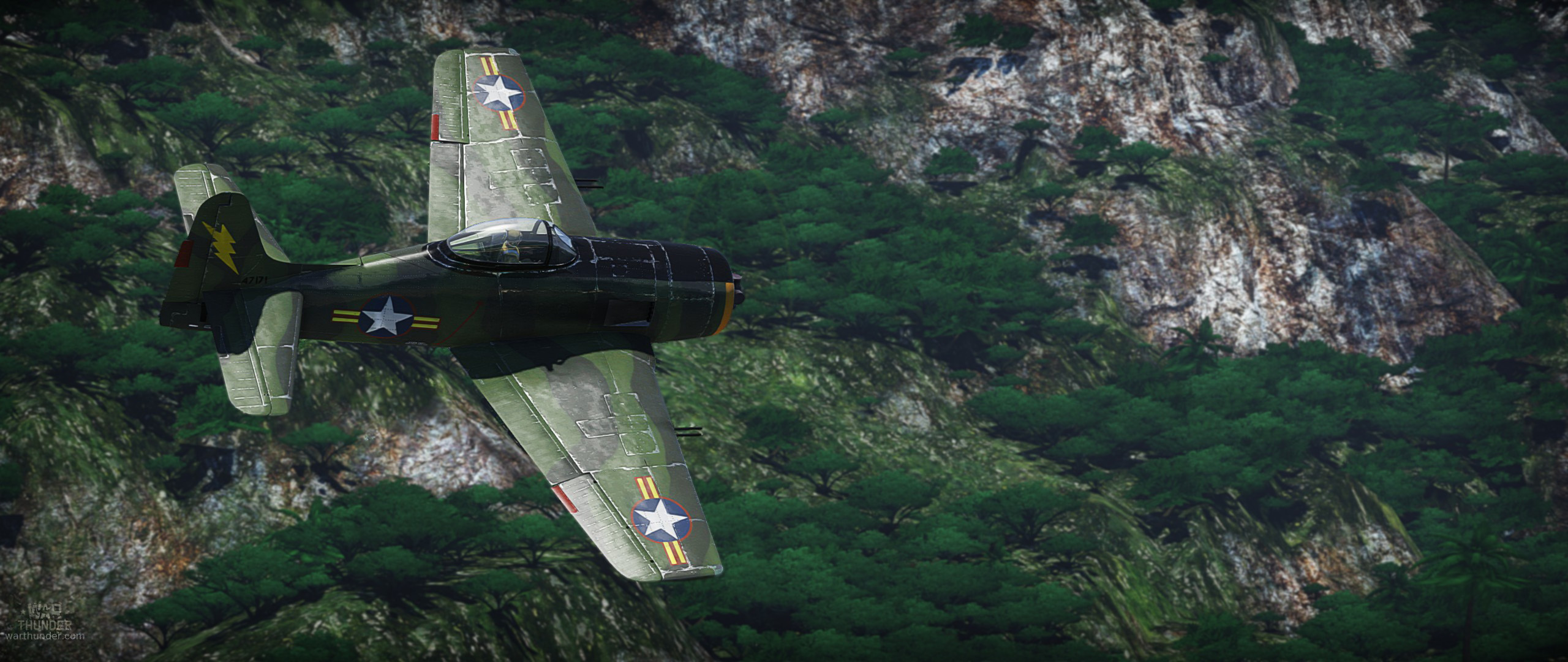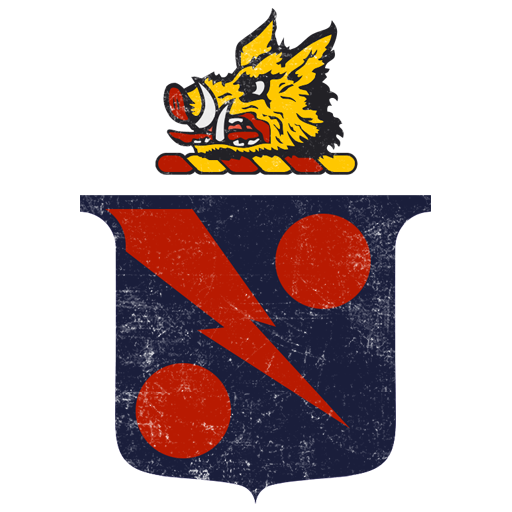
- For PC
- For MAC
- For Linux
- OS: Windows 10 (64 bit)
- Processor: Dual-Core 2.2 GHz
- Memory: 4GB
- Video Card: DirectX 11 level video card: AMD Radeon 77XX / NVIDIA GeForce GTX 660. The minimum supported resolution for the game is 720p.
- Network: Broadband Internet connection
- Hard Drive: 23.1 GB (Minimal client)
- OS: Windows 10/11 (64 bit)
- Processor: Intel Core i5 or Ryzen 5 3600 and better
- Memory: 16 GB and more
- Video Card: DirectX 11 level video card or higher and drivers: Nvidia GeForce 1060 and higher, Radeon RX 570 and higher
- Network: Broadband Internet connection
- Hard Drive: 75.9 GB (Full client)
- OS: Mac OS Big Sur 11.0 or newer
- Processor: Core i5, minimum 2.2GHz (Intel Xeon is not supported)
- Memory: 6 GB
- Video Card: Intel Iris Pro 5200 (Mac), or analog from AMD/Nvidia for Mac. Minimum supported resolution for the game is 720p with Metal support.
- Network: Broadband Internet connection
- Hard Drive: 22.1 GB (Minimal client)
- OS: Mac OS Big Sur 11.0 or newer
- Processor: Core i7 (Intel Xeon is not supported)
- Memory: 8 GB
- Video Card: Radeon Vega II or higher with Metal support.
- Network: Broadband Internet connection
- Hard Drive: 62.2 GB (Full client)
- OS: Most modern 64bit Linux distributions
- Processor: Dual-Core 2.4 GHz
- Memory: 4 GB
- Video Card: NVIDIA 660 with latest proprietary drivers (not older than 6 months) / similar AMD with latest proprietary drivers (not older than 6 months; the minimum supported resolution for the game is 720p) with Vulkan support.
- Network: Broadband Internet connection
- Hard Drive: 22.1 GB (Minimal client)
- OS: Ubuntu 20.04 64bit
- Processor: Intel Core i7
- Memory: 16 GB
- Video Card: NVIDIA 1060 with latest proprietary drivers (not older than 6 months) / similar AMD (Radeon RX 570) with latest proprietary drivers (not older than 6 months) with Vulkan support.
- Network: Broadband Internet connection
- Hard Drive: 62.2 GB (Full client)
F8F-1B from South Vietnam Air Forces, 1964. Camouflage made by Orest "TerremotO_" Tsypiashchuk
Available in game for 200 thanks to War Thunder Revenue Share Program!
thanks to War Thunder Revenue Share Program!
In War Thunder:
In War Thunder the F8F Bearcat is an Era IV US Naval Fighter. In game there are two versions of this particular model available – the F8F-1, armed with 4 .50 caliber M3 machine guns and the F8F-1B, armed with 4 AN/M3 20 mm cannons. The difference in armament is reflected in the Battle Ratings – the MG armed Bearcat has Battle Ratings of 5.0/5.7/6.0 (Arcade Battles/Realistic Battles/Simulator Battles), while the version equipped with cannons has a Battle Rating of 6.3 in all game modes. The in-game Bearcat retains many advantages of the real life counterpart. The F8F has very good acceleration and climb rate, thanks to its powerful engine. Because of that, it can quickly gain an altitude advantage over its opponents. Thanks to its high top speed, good wing endurance and good energy retention capabilities, the F8F is perfectly suited to energy fighting using Boom & Zoom tactics. A Bearcat pilot should avoid low speed dogfights, instead opting for a diving attack from above.
 |
|
F8F-1 Bearcat of CV-37, USS Princeton. Camouflage created by ZeroZeroZeven |
At first, the armament of the F8F-1 might seem lackluster – with 4 .50 caliber machine guns the firepower does not shine through. However, the M3 machine gun has the advantage of a superior rate of fire – coupled with API-T rounds, the F8F-1 might quickly become a problem for an enemy pilot. The F8F-1B is far better armed, featuring 4 rapid firing 20 mm cannons – an armament similar to that of the Mk.V Tempest. With both of those aircraft, staying in convergence range is crucial – this way all four guns will hit the target. Also, because of the high rate of fire, the ammunition supply depletes quickly – so try to be selective and accurate with your shots.
In the F8F-1B Bearcat, you might encounter opposition in form of early jet aircraft such as the Mk.3 Meteor. These aircraft will have a better top speed than you do, but are far less maneuverable and have worse acceleration. While fighting jets, try to dodge their initial attacks while slowly luring them into maneuver combat. This way the jet pilot will lose most of its speed, making him an easy target for your guns.
Overall, the F8F in both its variants can be seen as the pinnacle of the US propeller driven aircraft. With its great speed, acceleration and solid armament, it will sure become a favourite fighter of many US pilots. Both Bearcats, along with the propeller F7F Tigercat, will lead you to the US Naval Jets – the McDonnell F2H Banshee and the Grumman F9F Panther.
History:
 |
| Four Grumman F8F-1 Bearcats of fighter squadron VF-12A Fighting Twelve, 1948 |
The first idea for the creation of the Grumman F8F Bearcat was pitched after the Battle of Midway. Many pilots who took part in it remarked that one of the most important parts of naval air warfare was an aircraft’s rate of climb. This of course meant that an increase in power was necessary. In 1943 the design work on the new aircraft began. The outline called for a fighter-interceptor, capable of operating even from small escort carriers. While the engine – the Pratt & Whitney R-2800 radial – was the same model used on the earlier F6F Hellcat, the new fighter would be lighter which also meant an increase in speed and climb rate. The concession was limiting the range of the new aircraft. The F8F would also feature a bubble canopy for better all around visibility. The first prototype, the XF8F-1, first took to the skies on the 21st August 1944. Further tests proved the aircraft's reliability and ruggedness, and the F8F was accepted into mass production. The first serial models rolled off the assembly line in February 1945 and were delivered to VF-19 fighter squadron, which began operating flights with the Bearcats in May 1945.
The new fighter, was, however, too late for any combat in World War II. After the war the situation of this propeller aircraft got even more complicated thanks to the introduction of naval jet aircraft. Even though the F8F was one of the fastest propeller-driven aircraft of its time, it was clear that the jet age was dawning. The F8F was replaced in US Navy and USMC service by the F9F Panther and the F2H Banshee jet aircraft. Some Bearcats saw combat service with the French in French Indochina in 1951, when they were used in the CAS role against the Viet Minh troops. Thailand also received a shipment of Bearcats which were then operated by the Thai Air Force. The F8F found a new life – thanks to its speed and acceleration - it was and still is widely used as a racing aircraft. One of the most famous racing Bearcats is the Rare Bear – a specially modified F8F, which holds many propeller aircraft speed and climb records.
Author: Adam “BONKERS” Lisiewicz
In one of the upcoming updates, we will introduce "The Red Rippers", insignia used by VFA-11:
Decal made by Colin 'Fenris' Muir





